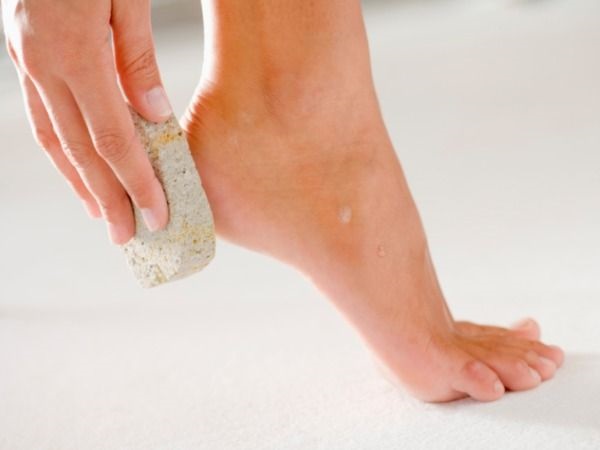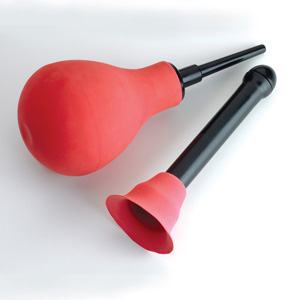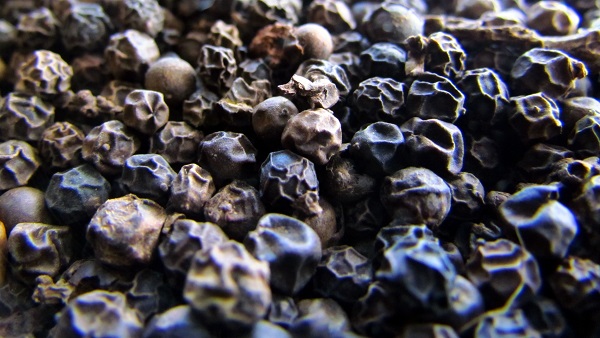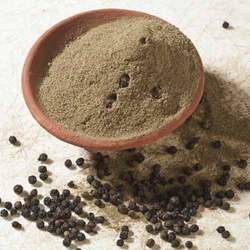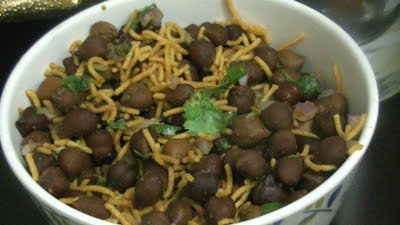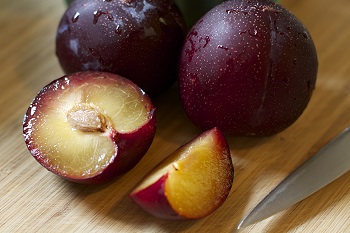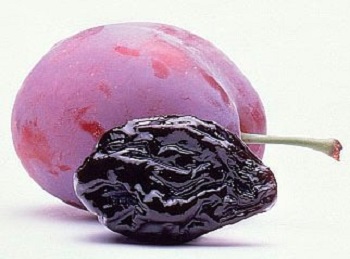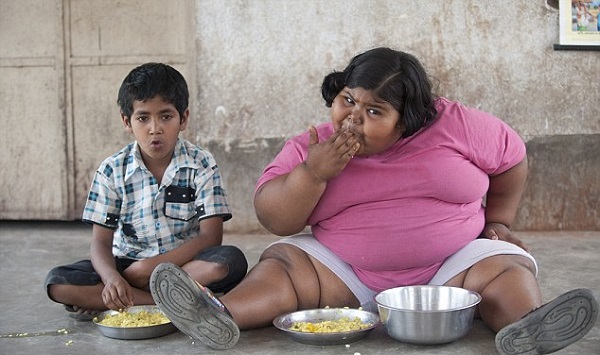They take a lot of pressure, but they are relatively easy to take care of, too. Follow these simple steps.
by The Editors | editor@themetrognome.in
 If you think you are overworked, and if the stress in your body is focussed only in your shoulders and back, think again. While these parts of your body definitely bear the brunt of a stressful life, we actually forget that the most stresses are concentrated in our legs, and mostly in our feet.
If you think you are overworked, and if the stress in your body is focussed only in your shoulders and back, think again. While these parts of your body definitely bear the brunt of a stressful life, we actually forget that the most stresses are concentrated in our legs, and mostly in our feet.
Our feet don’t just take us places, they take the strain of sudden movement when we run for the bus or the train, spend long periods resting as we sit at our desks and the blood pools in them, get very little attention as regards a tone-up and massage, and are hardly ever exercised like they should be. What’s more, we don’t notice their poor health till the skin on our sole starts callusing, or we develop painful corns or bunions due to wrong footwear, or even such potentially serious conditions such as DVT in the vessels in the feet, and which may cause painful cramps and spasms.
Yet, it’s not too late to start caring for your feet. Just follow these steps and you’re good:
– Invest in a rubber cricket ball and place it near your feet. Whether at home watching TV or working at your desk in office, move your feet backwards and forwards over the ball in a regular motion. This stimulates blood circulation and massages aching muscles.
– If you suffer from poor circulation in your feet, try this: Slather a soothing lotion or a deep tissue oil on your feet, and massage firmly for two minutes. Next, warm a pair of socks and put these on for half an hour. Do not walk while the socks are on.
– If you’ve suffered a cut or injury on your feet due to new footwear, disinfect it immediately.
– A good indication of whether you are over-exercising or walking too many kilometres is when your feet develop aches or swell up. Walk briskly but only as much as your feet can take, and drink a lot of water before you exercise.
– In this weather, your feet are likely to get sweaty and give rise to bacterial infections. Give your feet a thorough disinfecting treatment – in a tub of warm water, squeeze the juice of 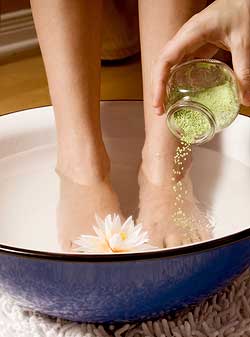 two lemons and soak for 20 minutes. Next, rub a pumice stone or foot scraper gently over dead skin, then soak your feet in a fresh tub of lemon water for 10 minutes. Clean out your nails, file them and complete the treatment with a generous slathering of neem oil on your feet. Wear old socks over your feet and avoid walking for a while.
two lemons and soak for 20 minutes. Next, rub a pumice stone or foot scraper gently over dead skin, then soak your feet in a fresh tub of lemon water for 10 minutes. Clean out your nails, file them and complete the treatment with a generous slathering of neem oil on your feet. Wear old socks over your feet and avoid walking for a while.
– If your feet have been bearing the brunt of too much running around at work, follow a regimen of massage before washing feet with warm water. You can use coconut oil or olive oil for a good massage.
– Do these simple exercises every day:
1) Rotate your ankles clockwise and anticlockwise for a fixed number of times. Your legs and body should be stationery.
2) Hold your ankles and bend your feet upwards and downwards slowly, for a fixed number of times.
3) If you are prone to cramps in your legs, flex your toes and point them as low as you can towards the ground. Then flex again and point them as high as you can. Do this slowly without pressurising your calf muscles.
– It is a good idea to have a pedicure and foot spa every two weeks, but ensure that the equipment used is clean.
(Pictures courtesy healthmeup.com, zongyi.blogspot.com)
